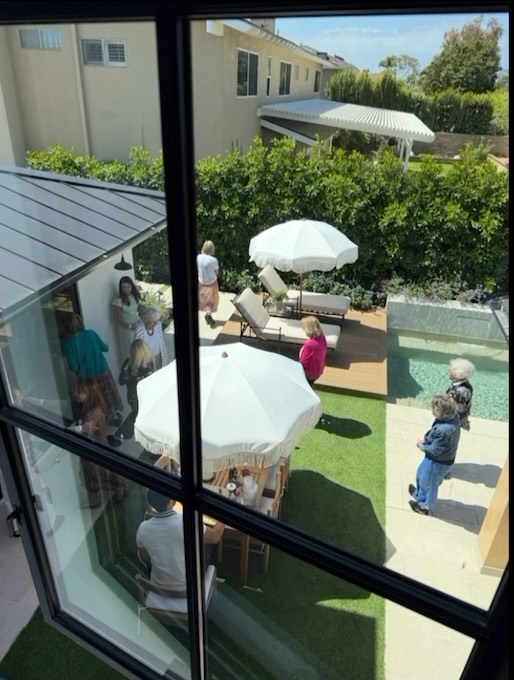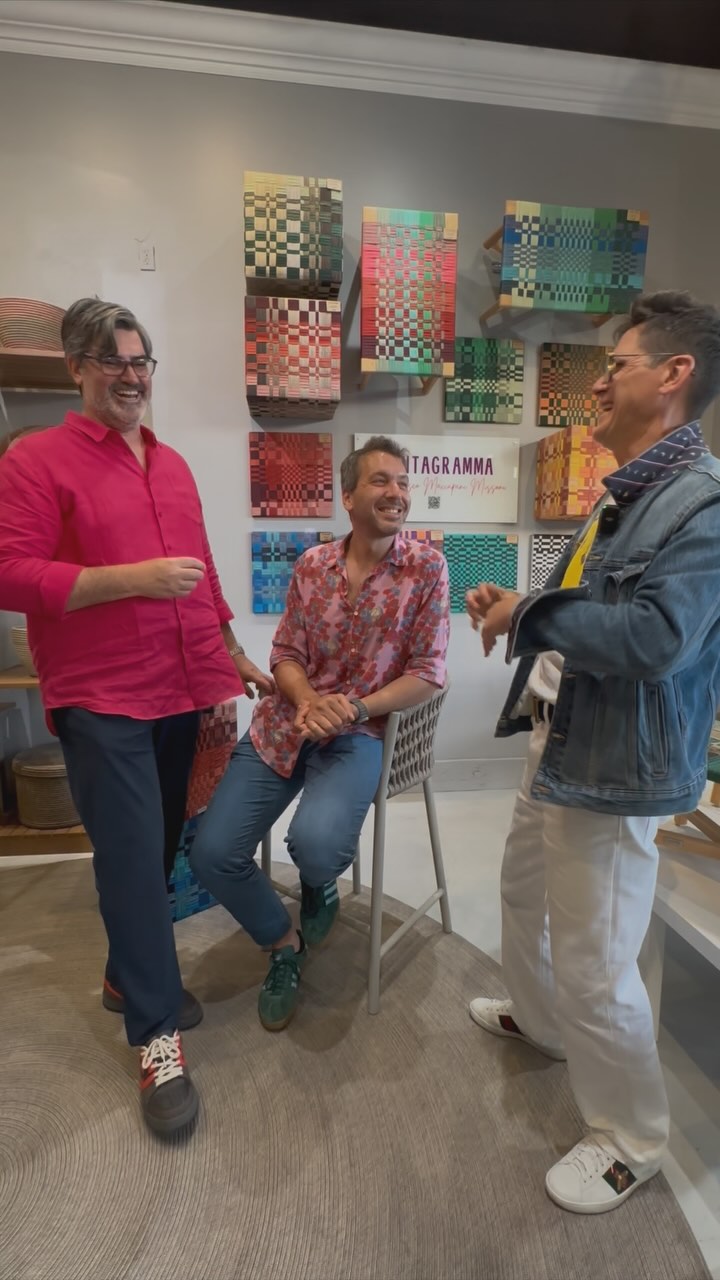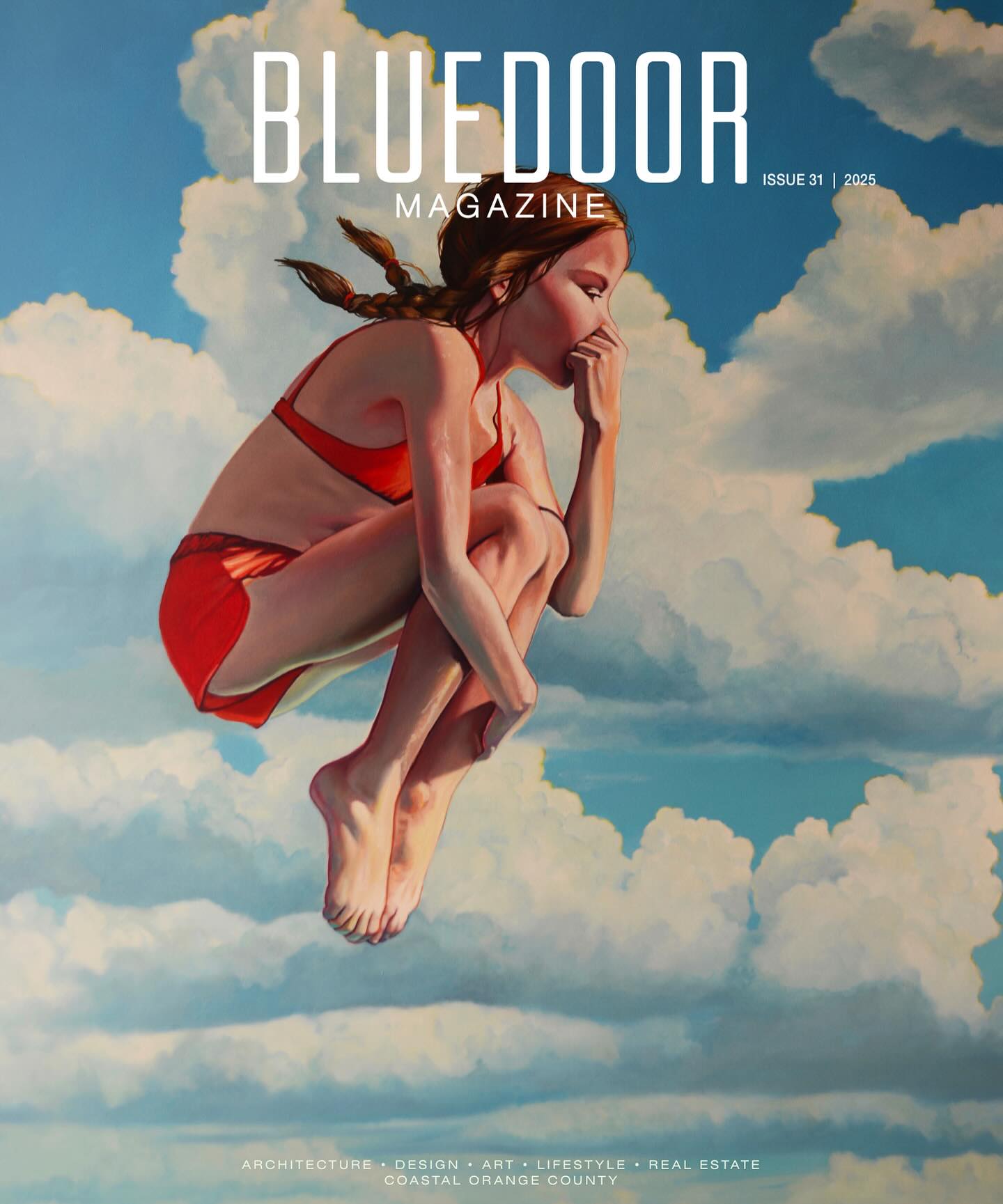The messaging of WPA posters from the 1930s and 1940s serves as timely inspiration and a reminder of the resilience of the American spirit.

Forging Ahead, by Harry Herzog. Federal Art Project, between 1936 and 1941.
As Orange County and the country face the medical, social, and economic challenges of the COVID-19 pandemic, life is uncertain. After four months, we are eager for things to return to normal, or whatever our new normal becomes. In times like these, history can provide insight—inspiration, even—as we face the future.
We are not the first generation of Californians united in confronting a crisis. Our grandparents and great-grandparents faced virulent diseases with no cures, overcame economic disasters, and fought world wars. During that era, inspirational and instructive messaging took the form of patriotic and educational posters.
Some of the messages resonate today: Wash your hands. Plant a garden. Volunteer. Keep clean. Endure and forge ahead.
The posters were among millions created by artists working for the U.S. government during the Great Depression.
With unemployment as high as 25 percent, President Franklin D. Roosevelt’s New Deal provided financial aid and/or employment to many Americans.
The Work Projects Administration (WPA) employed more than 8.5 million people in a variety of industries and endeavors, including the design and construction of nearly 85,000 civic buildings, as well as jobs building roads, parks, and infrastructure.
Artists, architects, photographers, and other creative individuals found work courtesy of the Public Works of Art Project (PWAP), which in the first four months of its creation in 1934 hired 3,749 artists and produced 15,663 paintings, murals, prints, crafts, and sculptures for government buildings around the country.
Ultimately, the federal arts project produced 2,500 murals, 18,800 pieces of sculpture and 108,000 easel works. Photographers like Dorothea Lange and Arthur Rothstein created images that defined the era. Artists who would go on to fame and fortune such as Mark Rothko and Jackson Pollack depended upon the government checks early in their careers.
In addition, thousands of original poster designs were created to publicize art and culture exhibits, community activities, theatrical productions, and public health and educational programs. Artists were paid to design posters that advertised activities such as visiting the zoo or enrolling in art classes.
The WPA poster division printed some 2 million posters, most of which were lost or destroyed. Of the remaining originals, the Library of Congress collection includes some 907 posters, including those seen on these pages.
When the U.S. entered World War II, certain segments of the programs were repurposed to promote the government’s efforts, with the artists producing patriotic posters in support of the war effort.
The war also lowerd unemployment rates, making large-scale government job programs less necessary. The federal arts funding officially ended in 1943.
Today, funding for programs to help small businesses, the unemployed, and the millions of others affected by the pandemic are underway. Few believe that a program paying artists to be creative is in the works. Though as Harry Hopkins, the official whom FDR put in charge of work relief programs, said about including artists in the programs: “Hell, they’ve got to eat just like other people!”

































![🎨✨ Color meets creativity at the coast ✨🎨
Join Bloor Door Magazine and Tidelli Outdoor Living @tidellioutdoor for an unforgettable evening with Francesco Maccapani Missoni @fmaccapani , the visionary behind the Pentagramma Collection.
📍 Tidelli Outdoor Living - Orange County
7876 East Coast Highway Newport Beach, CA 92657
🗓 Wednesday, May 21 | 🕕 6–7:30 PM (Doors at 5:30)
Expect:
🌈 A deep dive into the art of combining color
🎤 Live talk + Q&A with Francesco
👀 Behind-the-scenes of the Pentagramma Collection
🍸 Light bites + good vibes
Come get inspired by bold rope hues, timeless design, and Italian soul.
🎟 RSVP now → [link in bio]
#Missoni #TidelliOutdoorLiving #BloorDoorMagazine #DesignEvent #FrancescoMissoni #ColorStory #NewportBeachEvents #InteriorInspo #DesignTalks](https://bluedoormagazine.com/wp-content/uploads/2024/03/499443917_18279427363301802_778893880365426415_n.jpg)
